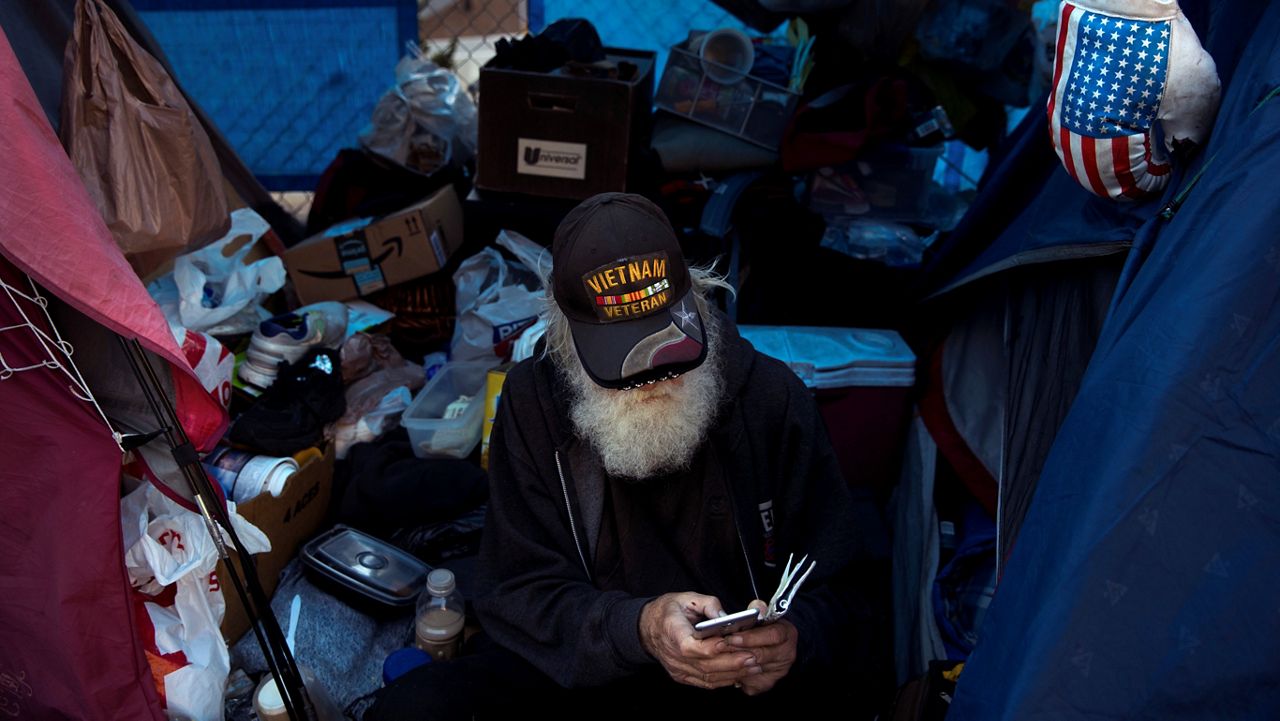Award-winning filmmaker Ava DuVernay released a series on Netflix about a year ago about the Central Park Five. The series, When They See Us, takes a look at how race played a role in the guilty verdict of five young African American men, who were accused of raping a white woman in 1989, despite a lack of evidence linking them to the crime. The men were exonerated many years later after another man confessed.
When DuVernay spoke to Inside the Issues, news of George Floyd’s death was just beginning to emerge. She shared what inspired her to create Array 101, a free, online learning companion that pairs with the film When They See Us, saying after she directed the film Selma, people began asking her where they could find more information on issues such as systemic injustice.
“[With the documentary] 13TH, it was even more intense. So many people wanted to take action, wanted to know more, felt activated and ignited by the information they received in the film, which is really a primer, just the tip of the iceberg, of what we should know and what we should be learning, and I didn't have as many tools to share,” she said.
When searching for resources to find answers to these questions, she couldn’t find what she was looking for, so she created Learning Companions, designed to “deepen the conversation and inspire personal action” after viewing the series, according to the company’s website. Array 101 is an extension of DuVernay’s film distribution company, Array, which releases and produces films focused on people of color and women.
“We’re hoping this is an example to our industry that it is going to take the entertainment industry, the storytellers, to connect with the students and schools. It's really difficult for educators to reach us. It's easier for us to reach them if we just put our back into it. That’s what we’ve tried to do,” she said.
There’s a math lesson for the film When They See Us, a film about social justice, civil rights and criminalization, which invites students to go through data statistics that are available from major metropolitan cities like New York.
“We teach kids how to read math statistics about crime and how to put together those numbers to understand a disproportionate arrests of certain people, mostly black men in certain areas and those arrests do not mean that black people commit more crime, it means they are arrested on the suspicion of more crime than their white counterparts who are committing the same amount of crime and different kinds.”
Another lesson invites kids to create a news report about the Central Park Five from two perspectives: one as if the boys were innocent and one as if they were guilty.
“We have the kids do both of them until you get to the end of the lesson and you tell kids that journalists should not have a perspective on either,” she said. “You should remain agnostic and unemotional about it. We’re teaching kids about journalistic ethics.”
DuVernay said the learning companions will be out for everything they produce, create, and distribute.
“So, that’s my new thing. Be the bridge. There has to be a bridge between places,” she said. “What we’re trying to do is understand that we need to provide context for our rage, so that can become active and only knowledge of history and precedent does that.”
Let Inside the Issues know your thoughts and watch Monday through Friday at 8 and 11 p.m. on Spectrum News 1.











